After lunch at Rayben’s Place Restobar & Grill, we decided to burn some calories by doing a walking tour of some of Camalig’s Spanish and American-era ancestral houses. All were within walking distance from the municipal hall.
Most of these bahay na bato (stone houses) typically have persiana (sliding wooden louver storm windows); ventanillas (openings with wooden balusters called barandillas) below the windows; and bandejado (decorative panels).
Media agua (awning), supported by wooden or ornate iron braces, wraps around over windows which use concha (checkerboard capiz shell panels) for its espejo (wrap around transom).
Their interiors have high ceilings; calado (wooden fretwork) on the upper walls; antique furniture and wide wooden floor planks.
The Nolasco House, built in the early 19th century, was owned by Diego Nolasco, a former town mayor. The house was once used as the town’s temporary municipal hall. Ruins of the old house, believed to be the municipal hall and judicial building, can be seen at the rear of the existing structure.
The Jaime Moyo Ancestral House, originally owned by Heron Moyo (brother of Teodoro Moyo whose descendants own the Melba Moyo House), is presently owned by Heron’s son, Jaime. During World War II, it was once occupied by Japanese Gen. Tomoyuki Yamashita.
The Gonzales Ancestral House, presently owned by Ms. Ninibeth Gonzales, was built in 1920 and is one of the best-preserved ancestral houses in the town. Its media agua is supported by ornate iron braces.
The Anson Ancestral House was originally owned by Toribia Iglesia Moya, sister of former capitan municipal (1877-1878) Doroteo Iglesia Moya and mother of Anacleto Moya Solano, last capitan municipal (1897-1900) and first presidente municipal (1901-1902) during the American era.
It was later bought by the Ansons and transferred to the Valencianos in 1920 and returned to the Ansons in 1980. It is distinguished by its outdoor main staircase leading to the living room and azotea. During the Spanish era, it was used as quarters for the guardia civil.
The Melba Moyo House, built in 1932, was first owned by Barbara Nieves Moyo who late bequeathed it to her son Teodoro Moyo. After Teodoro’s death, the house was manage by his wife Melba Grageda Moyo. During World War II, high-ranking Japanese officials lived here.
One house we did get to enter, with the permission of the owner, was the Don Sixto Nuyda House, built in Geometric style of architecture in the 19th century by the previously mentioned capitan municipal Doroteo Iglesia Moya.
The Nuydas are affiliated with the Moyas through nephew Marcos Obligacion who took a Nuyda wife. Justino Napay Nuyda, a Bicolano zarzuela (a lyric-dramatic entertainment genre of Spanish origin) writer and the first Albay Second District congressman (1935-1941), once resided here.
We entered the house via a uniquely designed stone porch that corresponds to the gillian of traditional Filipino pile houses. Inside is an exemplary showcase of diamond-patterned concha. It was damaged during the 2006 typhoon Reming which left 66 people dead in Albay. The ground floor has been boarded up.
Mayor’s Office: Municipal Hall, Poblacion, Camalig, 4502, Albay. Tel.: (052) 484-1965
Municipal Tourism, Culture and Arts Office: Camalig Tourism and Pasalubong Center, Brgy. 2, Camalig, Albay. Mobile number: (0927) 621-3315. E-mail: camalig_tourism@yahoo.com.
Provincial Tourism and Cultural Affairs Office (PTCAO): Albay Tourism Bldg., Albay Astrodome Complex, Capt. F. Aquende Drive, 4500 Legaspi City, Albay. Tel: (052) 481-0250 and (052) 742-0242. E-mail: albaytourism@yahoo.com and albaytourism@gmail.com.

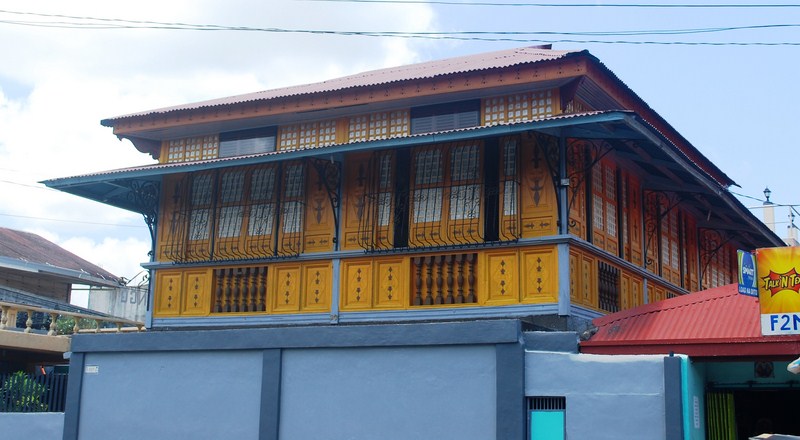
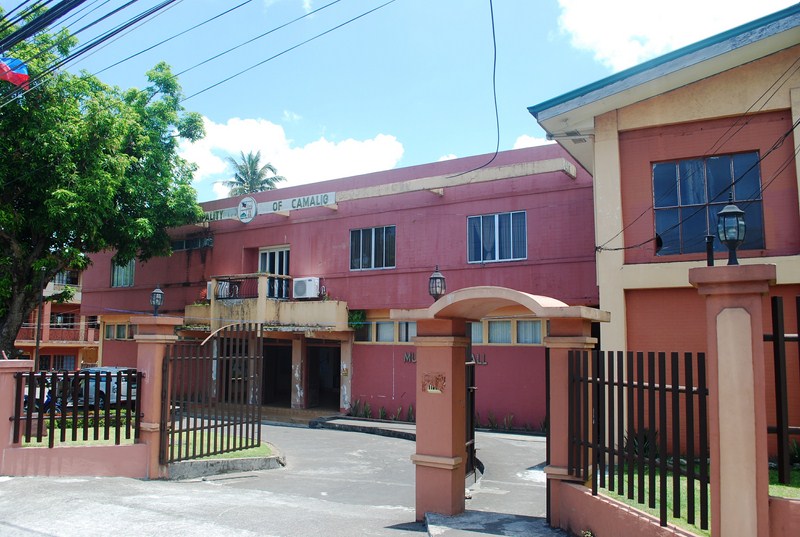
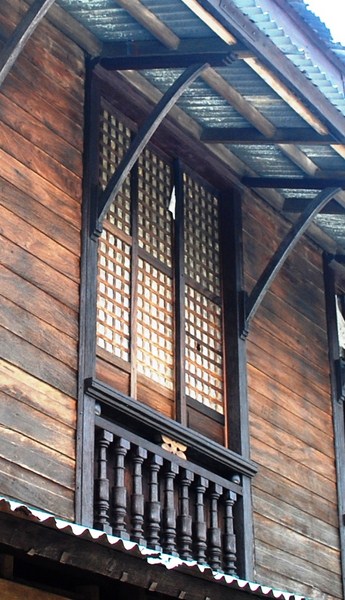
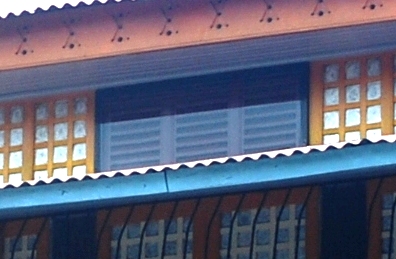
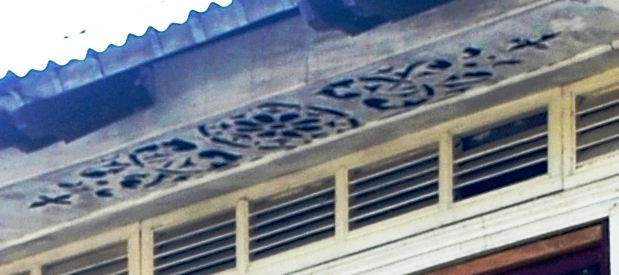
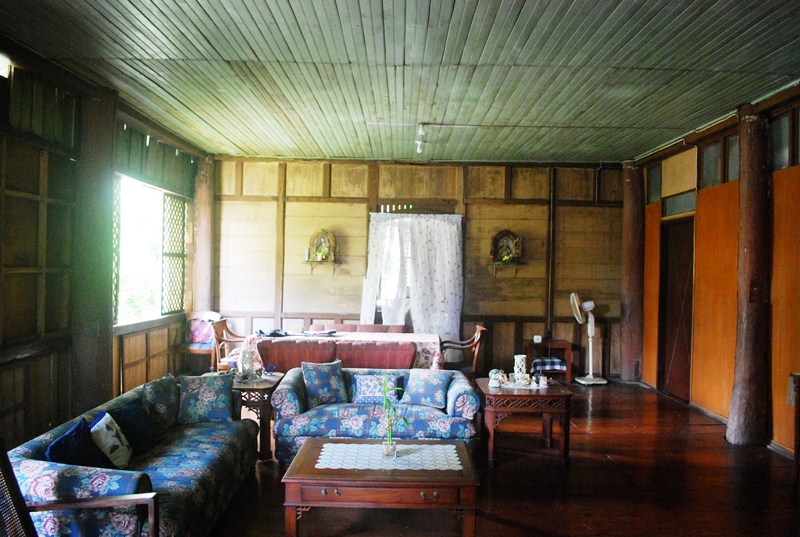
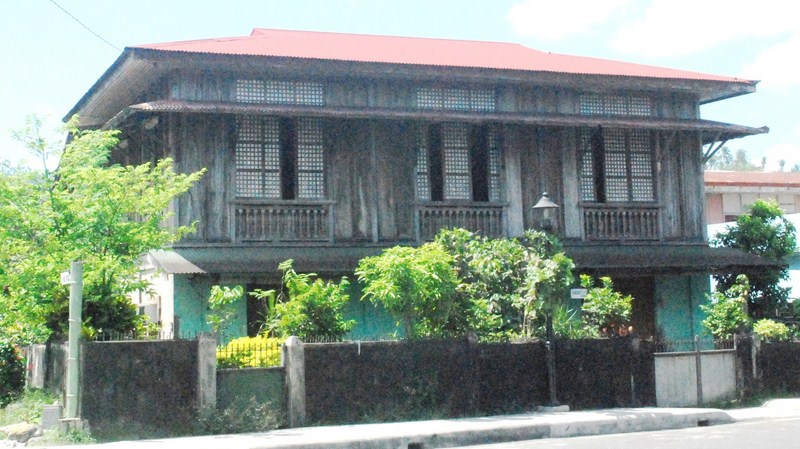
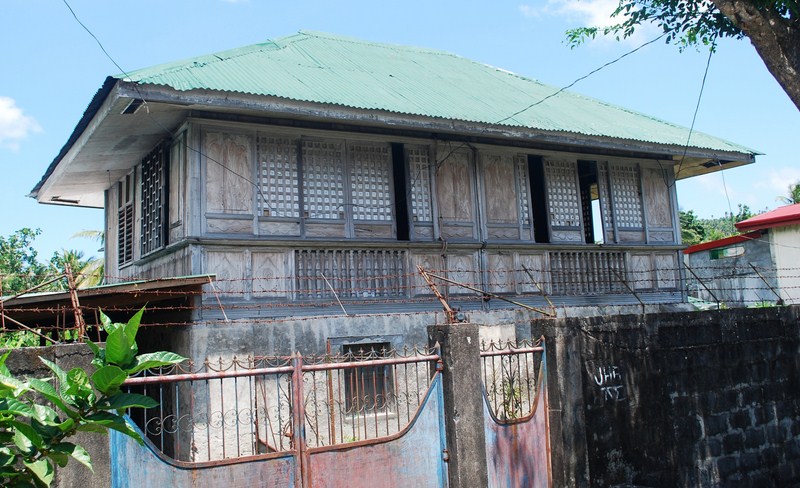
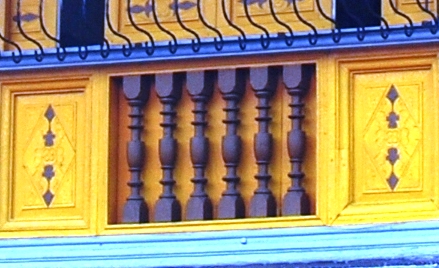
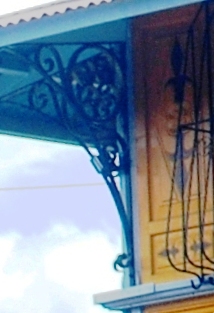
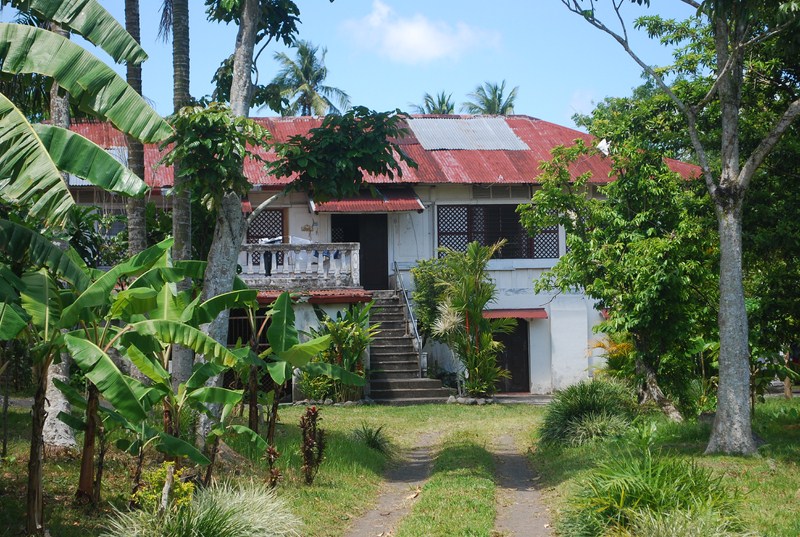
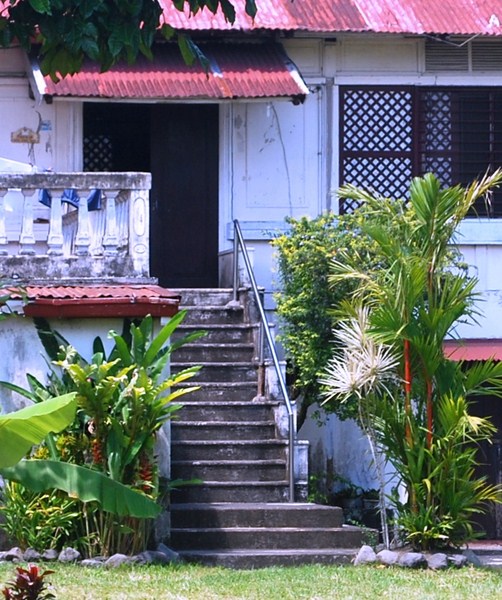
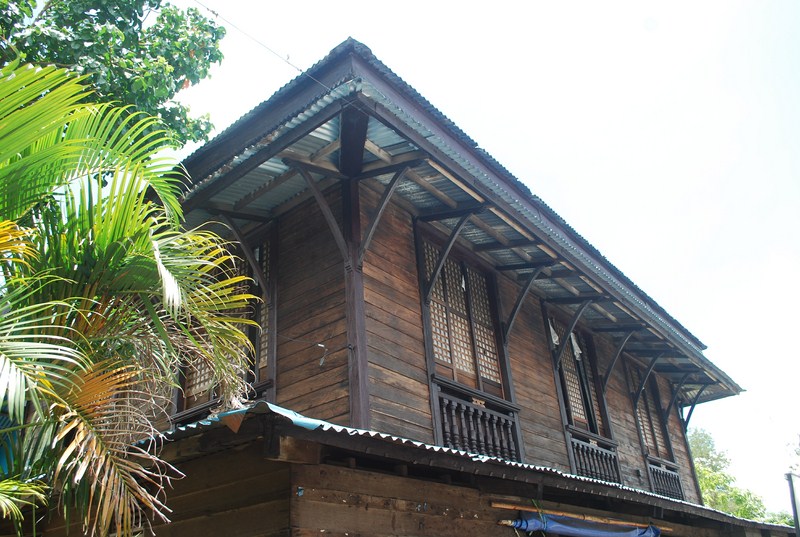
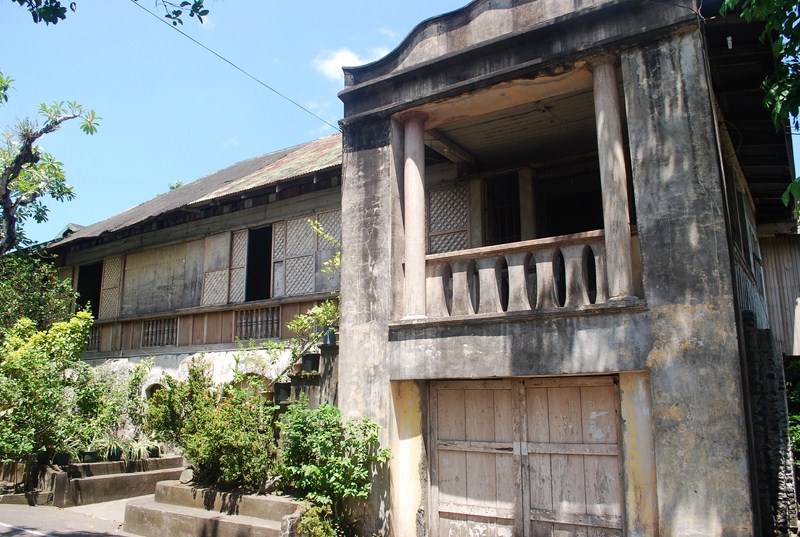
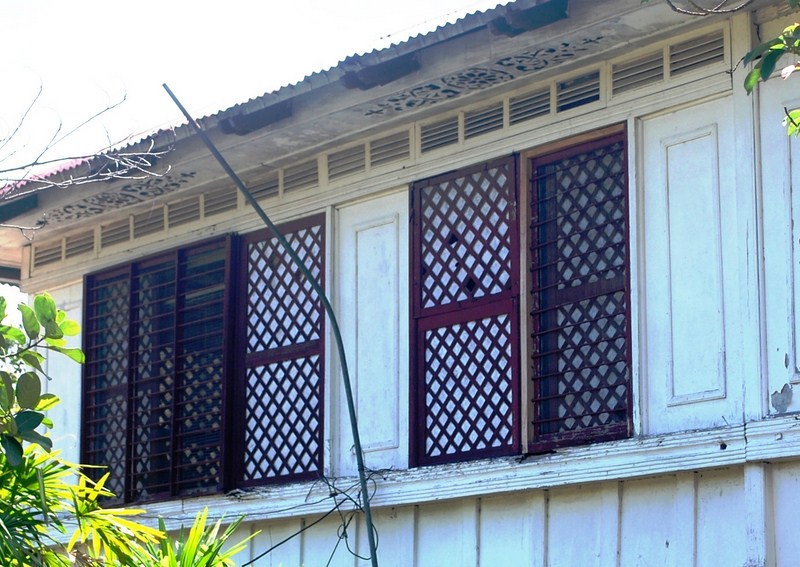
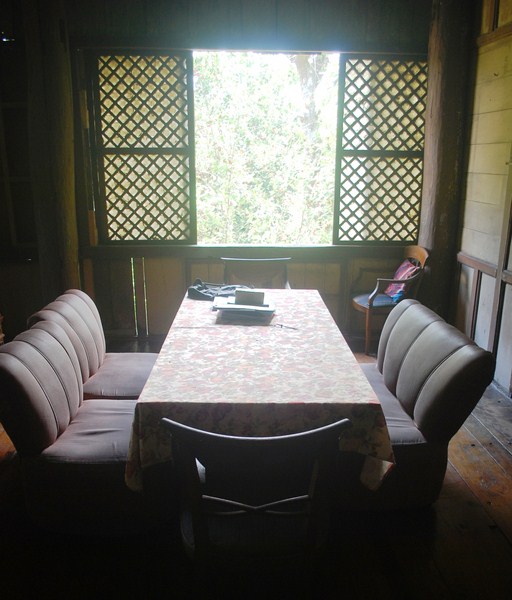
Pingback: Common Filipino-Spanish House Terms
Dear benjielayug.com owner, Great post!